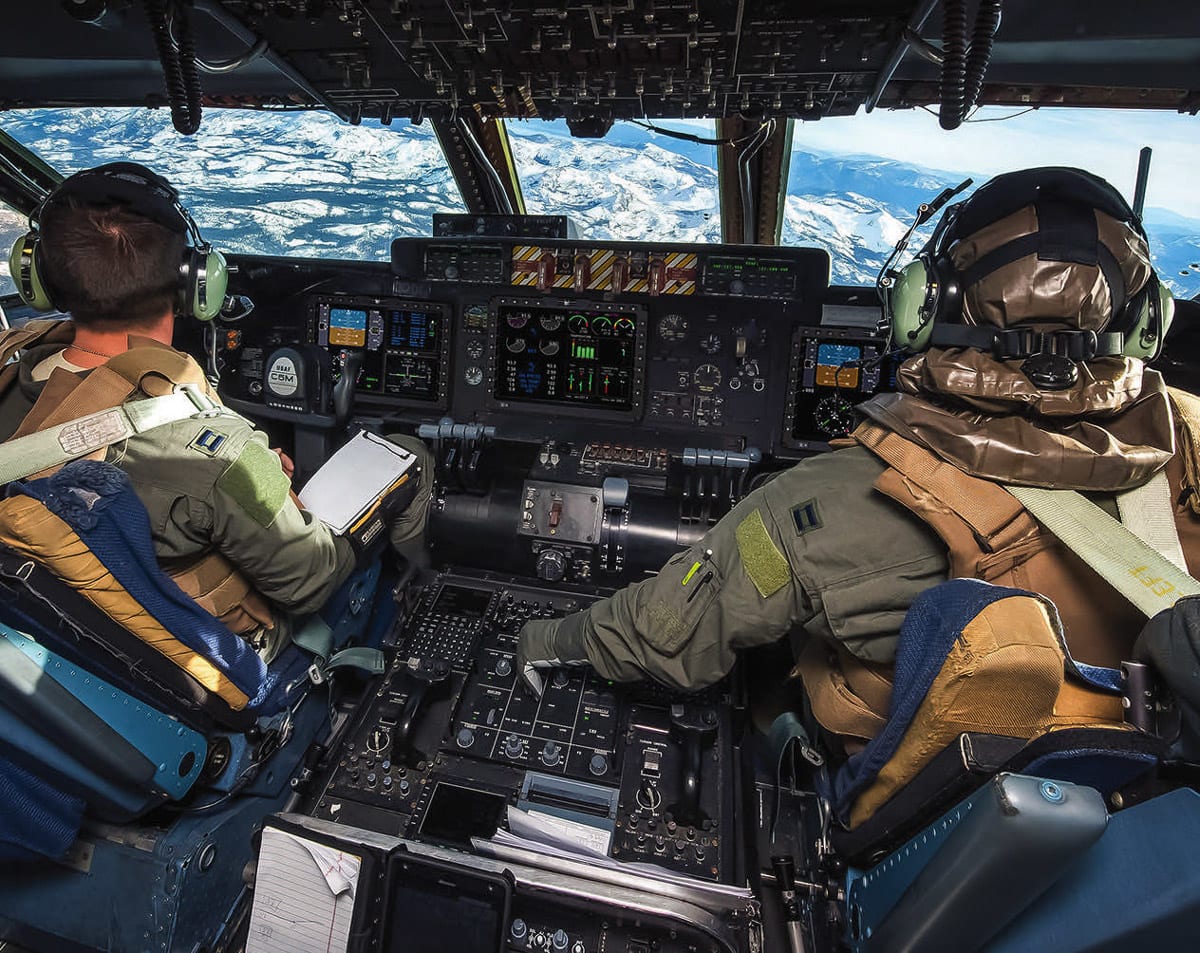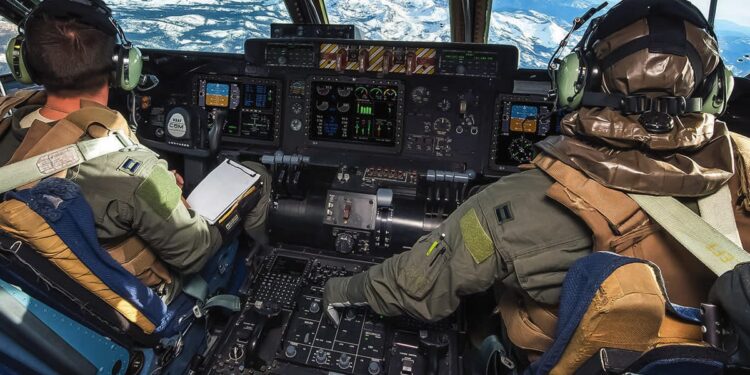Global Avionics Round-Up from Aircraft Value News (AVN)

The aviation industry has a long history of adopting military technologies, and avionics is no exception. From enhanced situational awareness systems to advanced navigation tools, several innovations initially developed for military use are making their way into commercial cockpits. This trend has been unfolding for decades and it’s on track to accelerate in 2025.
Here’s a look at some recent military-to-commercial transfers and the companies behind them.
Synthetic Vision Systems (SVS)
Originally designed for military aircraft, Synthetic Vision Systems (SVS) use advanced imaging to create a real-time, 3D landscape of the environment, enhancing situational awareness in low-visibility conditions.
Commercial vendors like Honeywell and Garmin are incorporating SVS into aircraft such as the Gulfstream G500 and G600, providing pilots with virtual topography on cockpit displays. Honeywell’s Primus Epic SVS, for instance, enhances safety for both military and commercial applications.
Enhanced Flight Vision Systems (EFVS)
EFVS combines thermal imaging and radar technology to help pilots “see” through fog, snow, and other visual obstructions.
Rockwell Collins, a key player in military avionics, now supplies EFVS to the commercial sector. The company’s head-up display system, installed on the B787 and Gulfstream G650, overlays infrared imagery on flight paths, giving pilots near-perfect visibility even in challenging conditions.
Fly-By-Wire (FBW) Systems
Military jets were among the first to adopt fly-by-wire (FBW) technology, which replaces manual controls with electronic systems, allowing for quicker responses.
Commercial aviation adopted FBW with models like the A320 and the B777, and now FBW advancements from companies like Thales and BAE Systems are standard in modern commercial aircraft, including the B787 and A350. These systems enhance stability and make commercial flights more adaptable to changing flight conditions.
Distributed Avionics Architecture
Military aircraft like the F-35 employ distributed avionics, where critical systems are modularly integrated, allowing upgrades without a full overhaul.
Inspired by this flexibility, commercial manufacturers like Honeywell have introduced similar architectures for the B737 MAX family and A320neo. This enables airlines to update navigation, weather detection, or even cabin systems independently, minimizing downtime and reducing costs.
Looking Ahead
The ongoing migration of military technologies is enabling commercial cockpits to become safer, more efficient, and resilient.
Enhanced resilience is another advantage, with military-grade cybersecurity tools and communication systems protecting commercial aircraft from emerging cyber threats. As a result, the overall reliability and operational safety of these aircraft are significantly bolstered.
Vendors like Rockwell Collins, Honeywell, and Thales are pushing these innovations, and with the aviation industry’s demand for advanced, reliable technology, military-inspired systems are likely to play a central role in the future of commercial aviation.
The incorporation of such technologies has positively influenced base values and lease rates of aircraft equipped with them. Airlines and leasing companies see these tech-enhanced planes as long-term investments, as the added safety and efficiency features reduce operational risks and enhance fleet performance. This trend supports steady asset values, which benefits stakeholders across the aviation industry.
This article also appears in our partner publication Aircraft Value News.
John Persinos is the editor-in-chief of Aircraft Value News. You can reach John at: [email protected]







